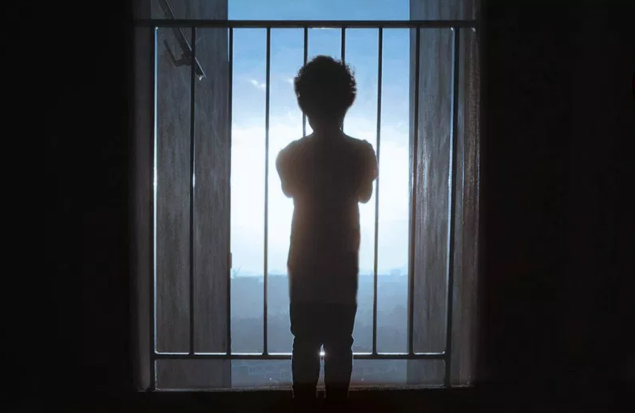
Staff meetings, lesson modules, a half-hearted little affair with a colleague-this is the bland but comfortable life of Shiv Murthy, a history teacher in an open university. But disruption and change are on their way-an outspoken young woman with a broken knee comes into his life and turns it upside-down. Read In Times of Siege to know how Shiv is forced to confront the demands of his times and choose a direction for the future with love, lust and a perverted nationalism at his heels.
Here is an excerpt from Gita Hariharan’s, In Times of Siege.
The wave peaked, the story goes, when a marriage was arranged between the children of two veerashaiva couples.The bride-to-be was brahmin. The bridegroom-to-be was the son of a cobbler. This marriage is more the stuff of legend and folklore than stern history. But so apt a symbol was it of the crisis Kalyana was heading towards that every subsequent popular account took it for granted. The marriage is the ineluctable climax of the story in popular memory. (There is, however, ample historical evidence that Kalyanawas rocked by violence in King Bijjala’s last days.)The story is that the marriage was the catalyst; it generated a shock that charged all of Kalyana City.
The traditionalists were already enraged by Basava’s challenge to their monopoly of god and power and the afterlife. Now, terrorized by their fear that ‘even a pig and a goat and a dog’ could become a devotee of Siva in an equal society, they condemned this marriage as the first body blow against all things known, familiar, normal. Against, in short, a society based on caste. Egalitarian ideas are bad enough, but a cobbler and a brahmin in the same bed? As well bomb Kalyana (and its vigorous trade, its prosperous temples and palace) out of existence! King Bijjala was pressured into joining the condemnation of the marriage. He sentenced the fathers of the bride and bridegroom (and the young untouchable bridegroom) to a special death. Tied to horses, they were dragged through the streets of Kalyana; then what was left of them was beheaded.
But Basava’s followers did not call themselves warriors of Siva for nothing. They, particularly the young and the militant, particularly those who had shed the stigma of their lower-caste status to become followers of Basava, retaliated. Basava’s call for non-violence was not heard. His charisma was no longer enough to keep the moderates and the extremists among his followers together. The city burned; now in the untouchable potters’ colonies, now in the coffer-heavy temples. Basava left the city for Kudalasangama, the meeting point of rivers that had been his inspiration in his youth. The king was assassinated, allegedly by two of Basava’s young followers.
Not long after King Bijjala’s death, Basava too died under mysterious circumstances. The popular legend is that the river, the waters of the meeting rivers, took him into their allembracing arms. Though veerashaivism would live on, its great moment of pushing for social change was over. What began as a critique of the status quo would be absorbed, bit by bit, into the sponge-like body of tradition and convention. But Basava and his companions left a legacy. A vision consisting of vigorous, modern thought; poetry of tremendous beauty and depth, images that couple the radical and the mystical. Most of all, Basava’s passionate questions would remain relevant more than eight hundred years later.
“What makes a fanatic? A fundamentalist? What makes communities that have lived together for years suddenly discover a hatred for each other? The book In Times of Siege answers these pertinent questions.









